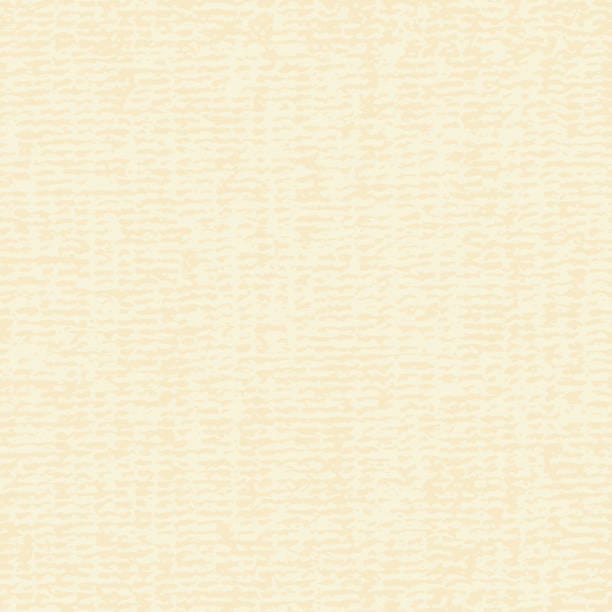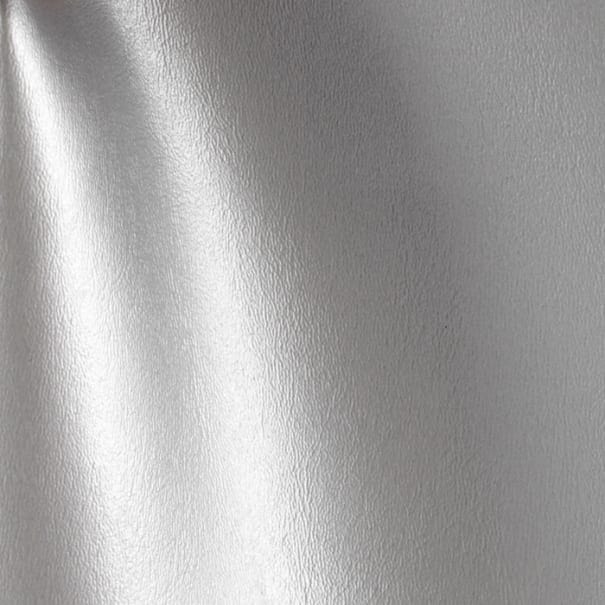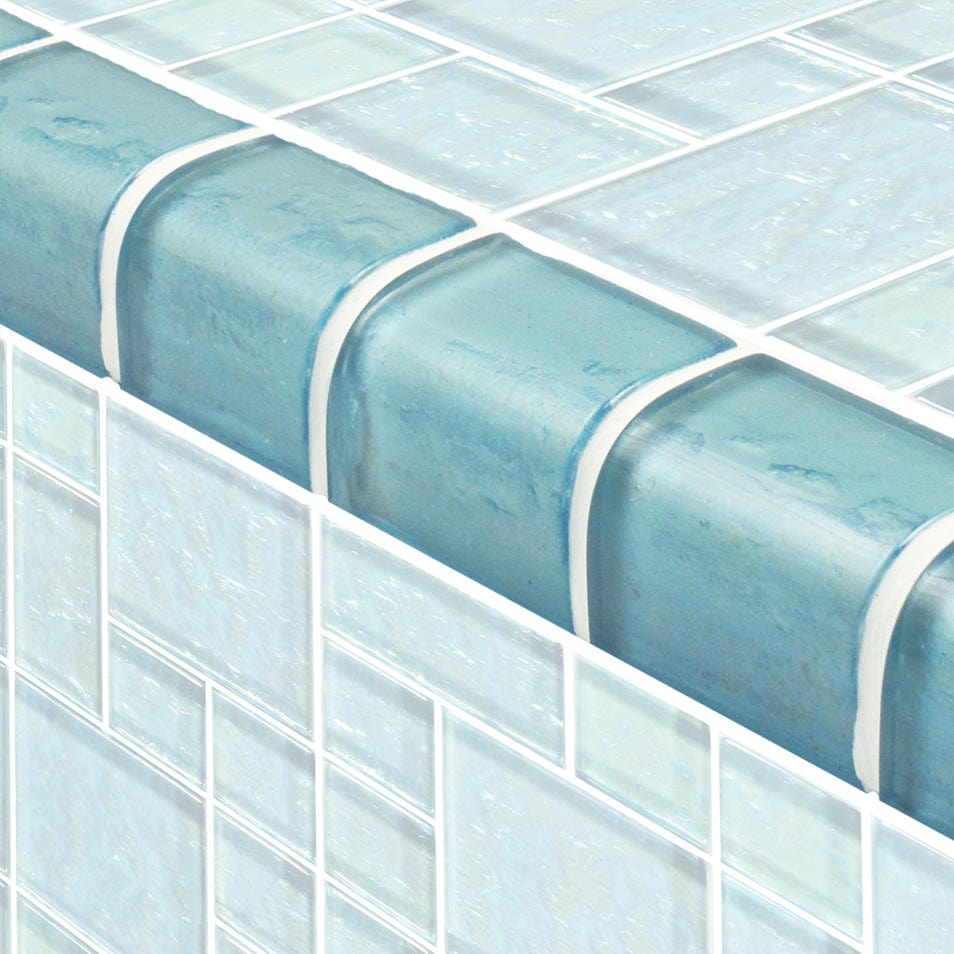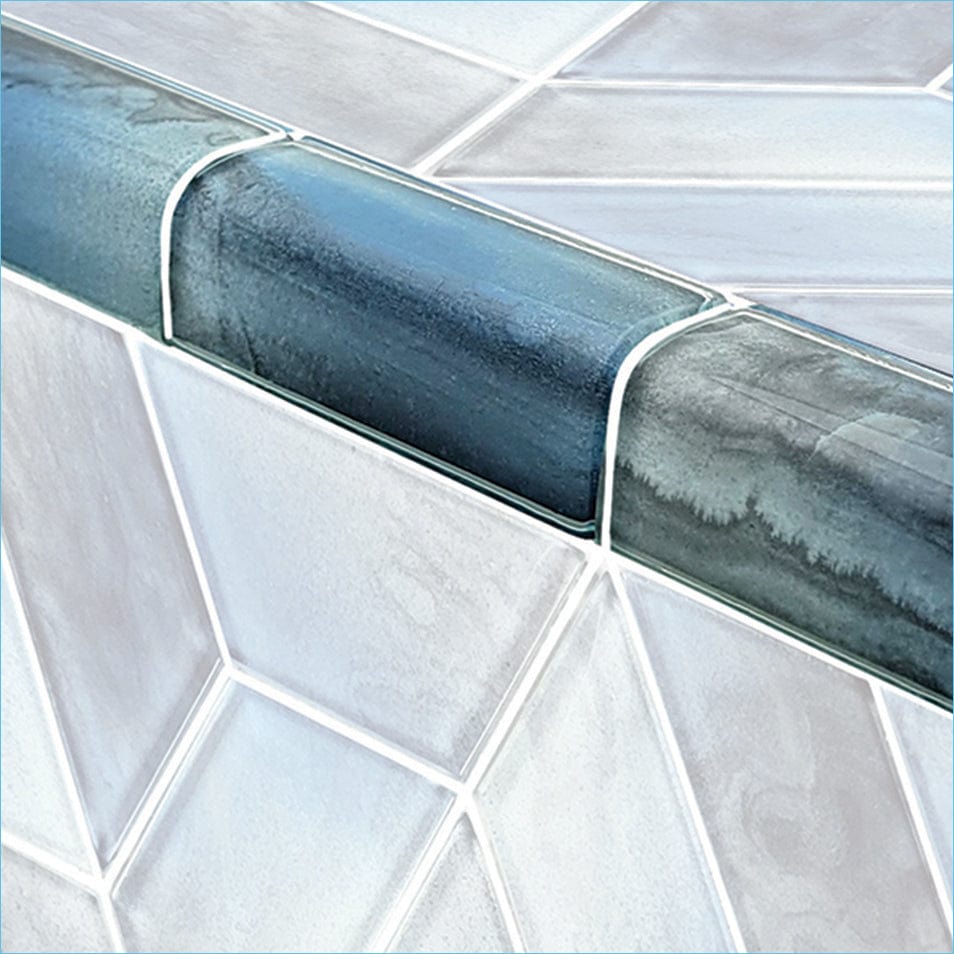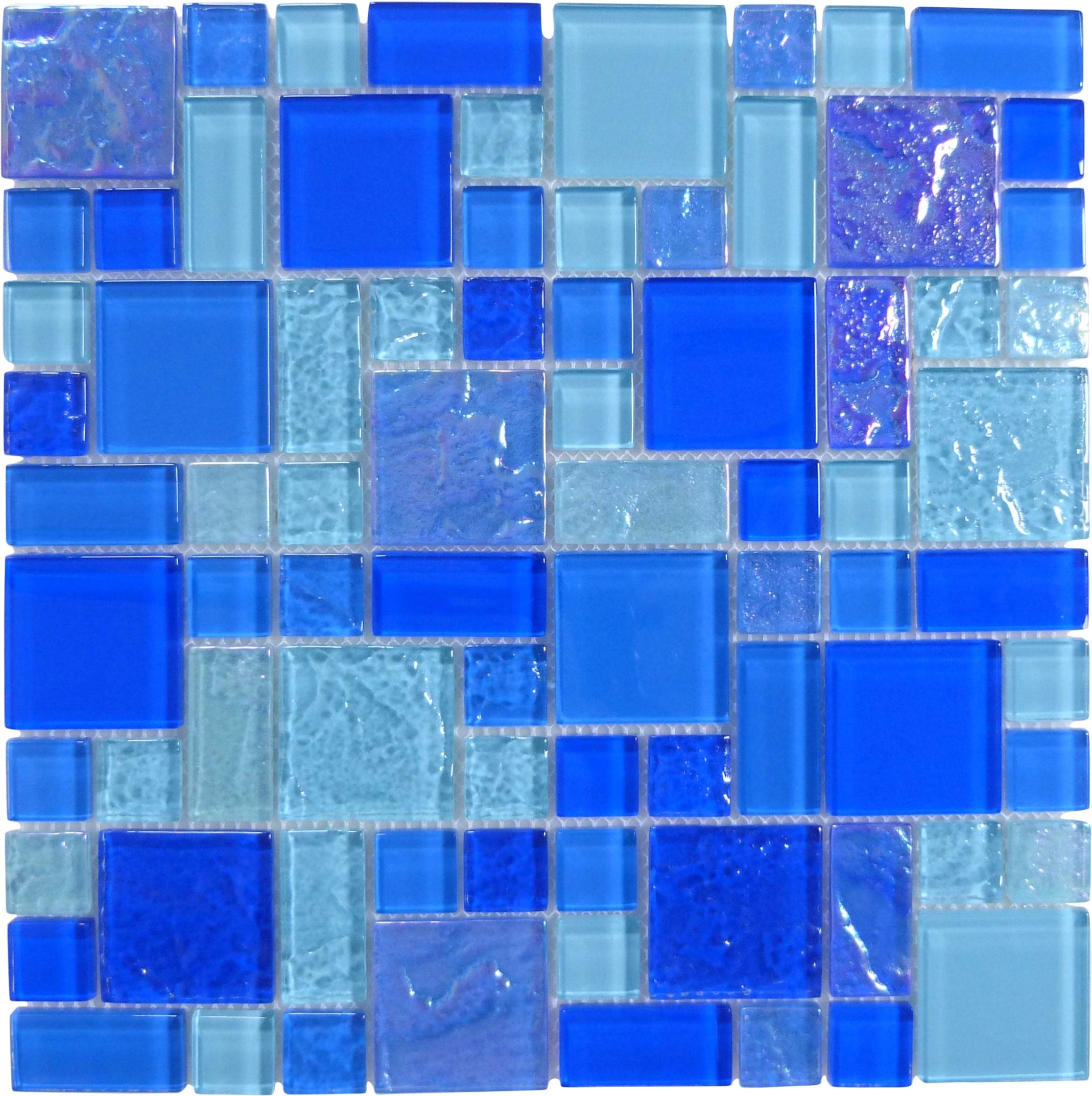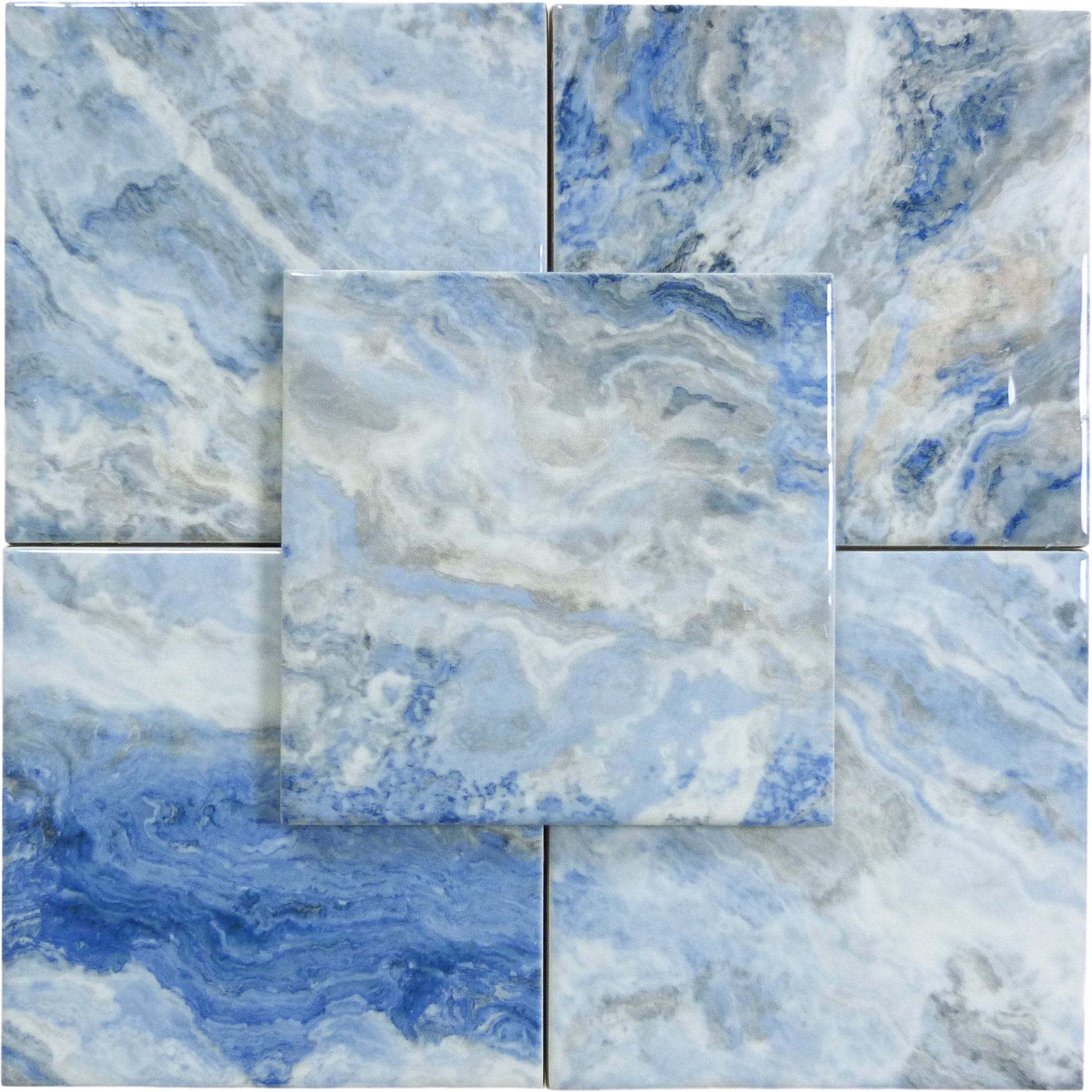Tile to Carpet Transition Done Right. Everything You Need to Know

Do you really think that everything is Ok with this carpet to tile transition shown in the photo above? We have some doubts about it! You see, if the transition is done improperly, this will definitely affect both the look and in-use properties of covering. The open edges of tile will tend to split off, while all scratches and chips, including those left from cutting tiles during installation, will be very much visible. And try as you might to keep the carpet edges in place, they would work loose while in use, if not properly secured. And then you will get those unaesthetic loose threads going all out, not to mention the risk of tripping over the edge and falling down.

Do you like such a cheerless prospect? No? Then let’s find out how to arrange tile to carpet transition correctly – both beautifully and securely.
Using "Z" Bar and Others of Its Ilk

There is a type of trim available on the market specifically designed to help in joining carpets with different flooring materials. It is called a "Z" bar and it is made as a metal section with a rugged strip to catch and hold carpet padding in place. Actually, there are many types of "Z" bars designed to join various materials, but you need exactly this carpet option coming with tacks.

Also, note that this handy carpet to tile transition strip can bridge gaps of various height. For example, you have porcelain tile flooring of the same (or almost the same) height as your carpeting. Then you need a flat bar designed to join coverings, which level with each other. However, often we have to deal with tile floors, which are higher than areas covered with carpets. In this case, you should look for a "Z" bar with a curved edge that serves to bridge the height difference. Some curved edge carpet trims are designed to join carpet down to thinner flooring – this can occur when a subfloor under the carpet is initially higher or the carpeting is very thick. If the height difference is too large, you can use special chocks to stack them under the bar or shims to put them under your carpeting – they help level the floors by creating a kind of smooth ramp and they are available on the market in various thicknesses. You can learn how this works by watching this video.
As an option, you can choose another bar design – it also features a strip with tacks, but doesn’t have this Z-shape profile to cover both tiled and carpeted surfaces.

Instead, it holds the carpeting in place and protects its edges, while tiles are laid immediately adjacent to the trim, yet not covered with it. Usually, this bar type can provide a less visible transition from tile to carpet, since its upper part is a bit narrower.
If you are not impressed with metal transition strip designs, you can search for a threshold with a removable vinyl transition strip. Actually, it is rather similar to the above-described bar – it has tacks to fix carpeting and a track adjacent to tiles, but it does cover both surfaces when the vinyl strip is snapped into the track.

The advantage of this type of transition strip is that it protects the edges of both coverings, while offering a greater choice of colors and textures compared to metal ones. However, both options are focused rather on joining floors of the same height, though slopes for leveling can be made with the help of chocks and shims. Also note that a usual T-molding without a track is not suitable for tile-to-carpet applications since it features unstable design in its lower part and thus needs to rest on a firm surface, which is impossible with soft carpeting.
Schluter Profiles
Above we discussed only those carpet to tile transition options that involve fixing carpets with the help of tacks. But the modern transition strips and threshold market can offer an alternative that is focused on tiles rather than carpeting. Most professionals give preference to Schluter brand metal profiles for floors, specifically designed to protect ceramic tile edges, give the tile installation aesthetically pleasing and finished look, as well as to ensure a seamless transition to many materials.

One of Schluter products serves exactly to join tiles with carpeting, provided they level with each other. This metal profile has a perforated anchoring leg that is put right in mortar during the process of tiling. Tiles are laid on the leg with the mortar so that the surface is flush with the top of the profile, while carpet flooring is spread to butt up against the vertical section of the profile.
The advantage of this type of transition from tile to carpet is that it is less visible compared to other options. The top flange of the profile is very thin, so there will be only a half-centimeter strip between carpet and tile floors. Since the profile comes with a choice of finishes, you will be able to find a trim, which suits your project best (though the color range is quite limited). Besides, the brand offers the same transition strip with radius perforation to allow curved edges – and this is a real catch for modern creative designs.

Also, Schluter products are available for different-height transitions when it comes to lower carpets, providing edge protection and fixing for both tile and carpet floors.

Unfortunately, these transition strips can only be used before the tile is installed and they cannot ensure the same level of mounting security for carpeting as tack strips provide.
Marble or Wood Saddles
Both stone and wood-grain tiles will look much more elegant when trimmed with saddles of the same texture and color. Though it can be rather tricky (and costly!) to find the required design, the game is worth the candle, since those natural materials add chic to your project, while providing fabulous tile to carpet transition.

Stone and timber saddles are raised strips of corresponding materials, usually featuring beveled edges. They are installed with the help of mortar, liquid nails or other adhesives (the choice also depends on the type of subfloor) into gaps left between tiled and carpeted surfaces in doorways. They are quite easy to install and you can be inspired by the experience of other do-it-yourselfers.
On the other hand, when choosing such a carpet to tile transition strip, you should keep in mind that this option doesn’t work for fixing carpeting, protecting tile edges or mitigating the difference in height. While being very decorative, the saddles require carpets to be fixed using tack strips with further tucking and they should be installed accurately to come up to tile edges.






